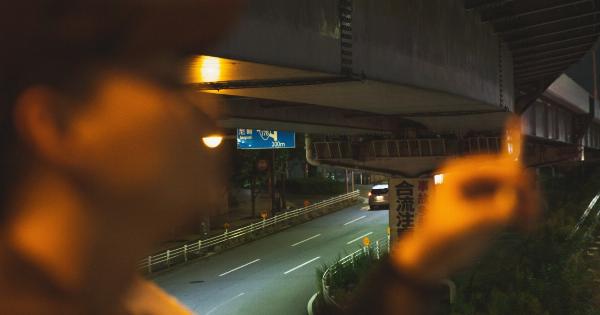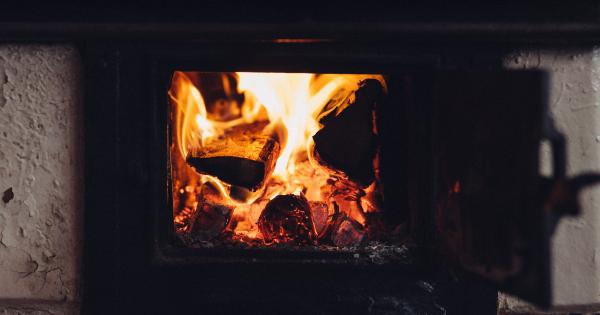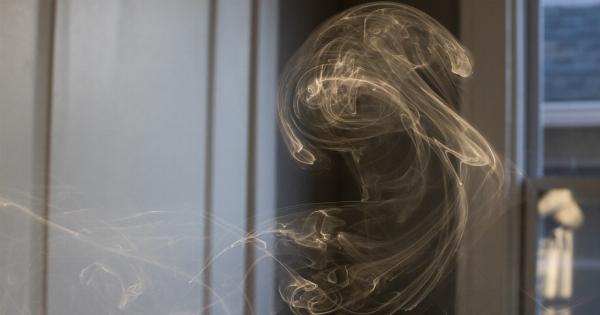It’s not always easy to identify that there’s a threat in your home. While we worry about burglars or fires, there’s a more subtle killer that’s present in many homes, putting our lives at risk.
I’m talking about carbon monoxide.
What Is Carbon Monoxide?
Carbon monoxide is a gas that’s produced when fuel is burned. It’s colorless, odorless, and tasteless, which makes it extremely difficult to detect.
While carbon monoxide can be produced by vehicles or other sources outside the home, the most common source is inside the home.
Carbon monoxide is toxic when inhaled, as it takes the place of oxygen in the bloodstream. This causes the body’s tissues to be deprived of oxygen, which can lead to serious health problems or even death.
The symptoms of carbon monoxide poisoning can be subtle at first, and often resemble the flu. These symptoms include headache, dizziness, nausea, and confusion. If left untreated, carbon monoxide poisoning can lead to unconsciousness and death.
What Are the Sources of Carbon Monoxide?
Carbon monoxide can be produced by any fuel-burning appliance or device in the home. This includes gas furnaces, wood-burning stoves, gas water heaters, gas ovens, and gas dryers.
Even generators that are used during power outages can produce carbon monoxide.
If these appliances or devices are not properly maintained, or if they’re installed incorrectly, carbon monoxide can leak into your home.
This can also happen if vents or chimneys are blocked, or if there’s inadequate ventilation in the home.
How Can You Protect Your Family?
The good news is that there are several steps you can take to protect your family from carbon monoxide poisoning.
One of the most important steps is to have your fuel-burning appliances and devices inspected and maintained annually by a qualified technician.
In addition, you should install a carbon monoxide detector on every level of your home, including outside bedrooms. These detectors are available at most home improvement stores, and they’re relatively inexpensive.
Make sure to test your detectors regularly and replace the batteries at least once a year.
If you’re using a generator during a power outage, make sure to place it outdoors, away from doors and windows. Never use a generator inside the home, in a garage, or in any enclosed space.
Conclusion
Carbon monoxide is a silent killer that can pose a serious threat to your family’s health and safety. Take the necessary steps to protect your home and your loved ones from this deadly gas.



























